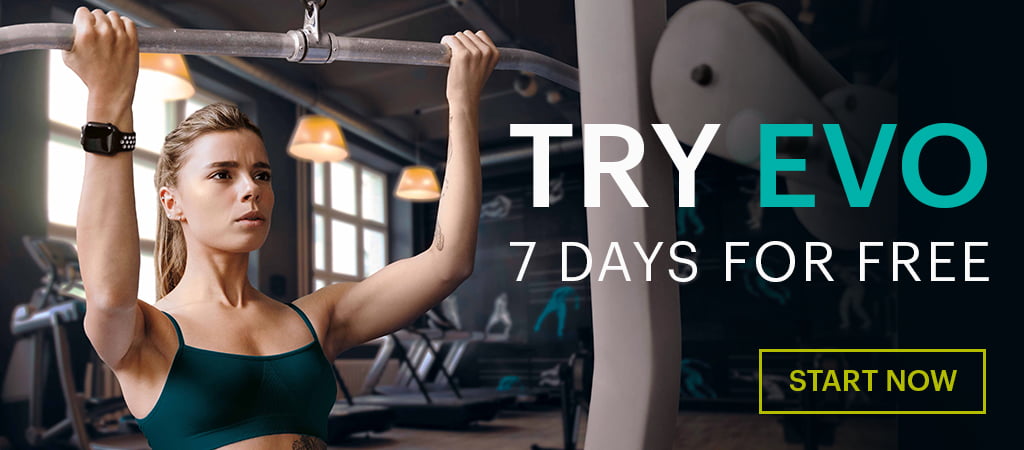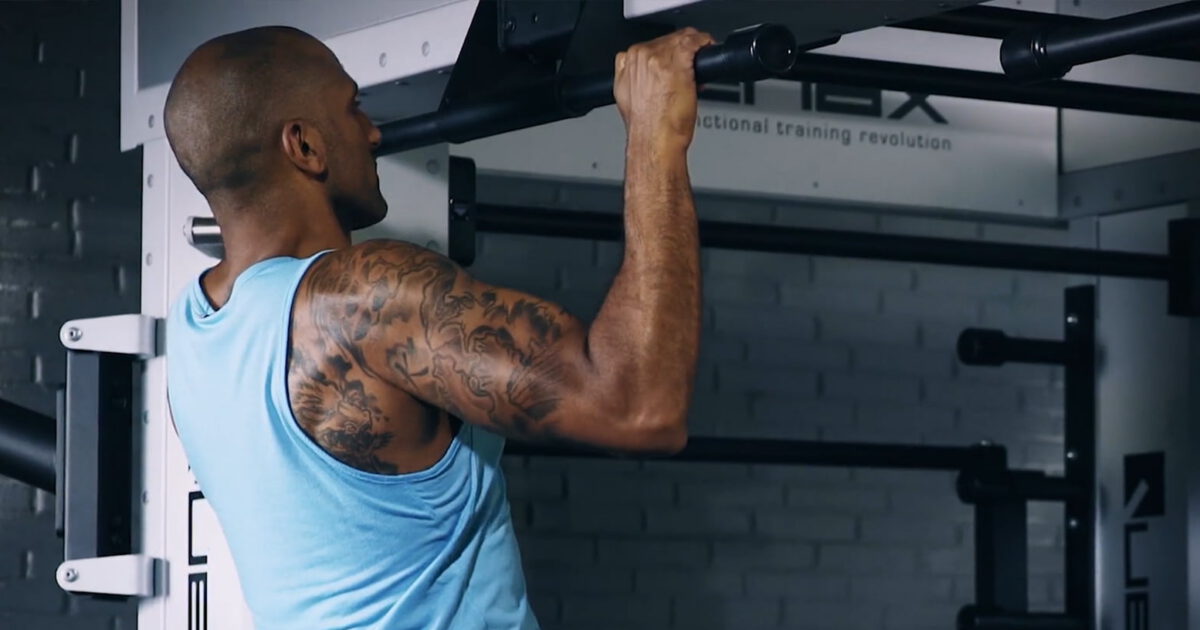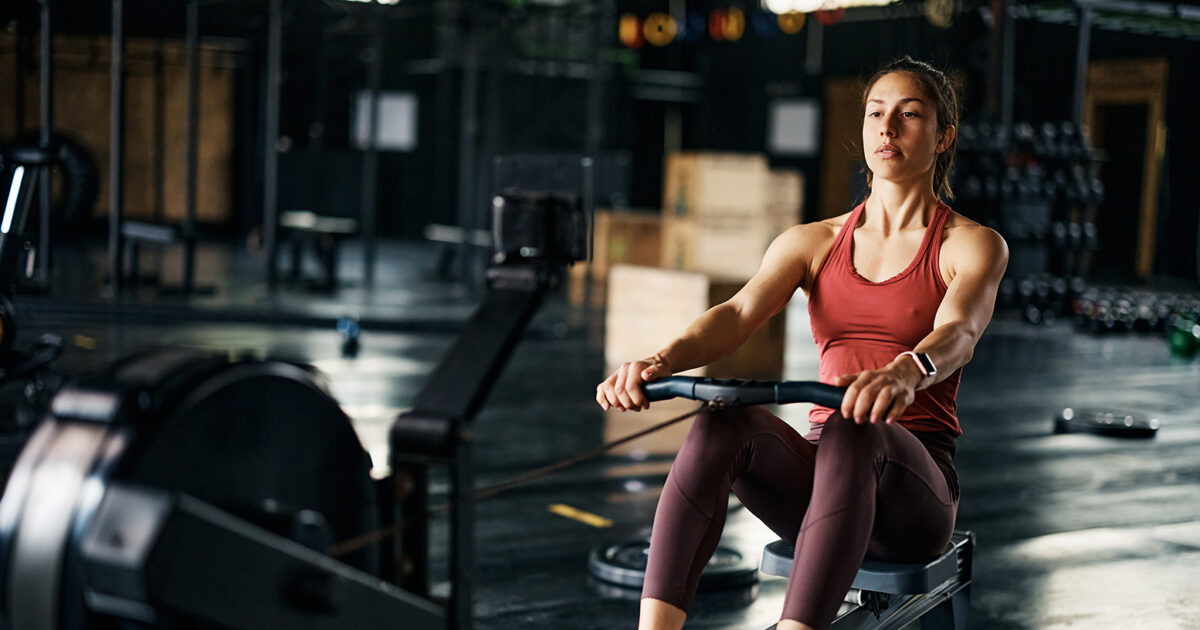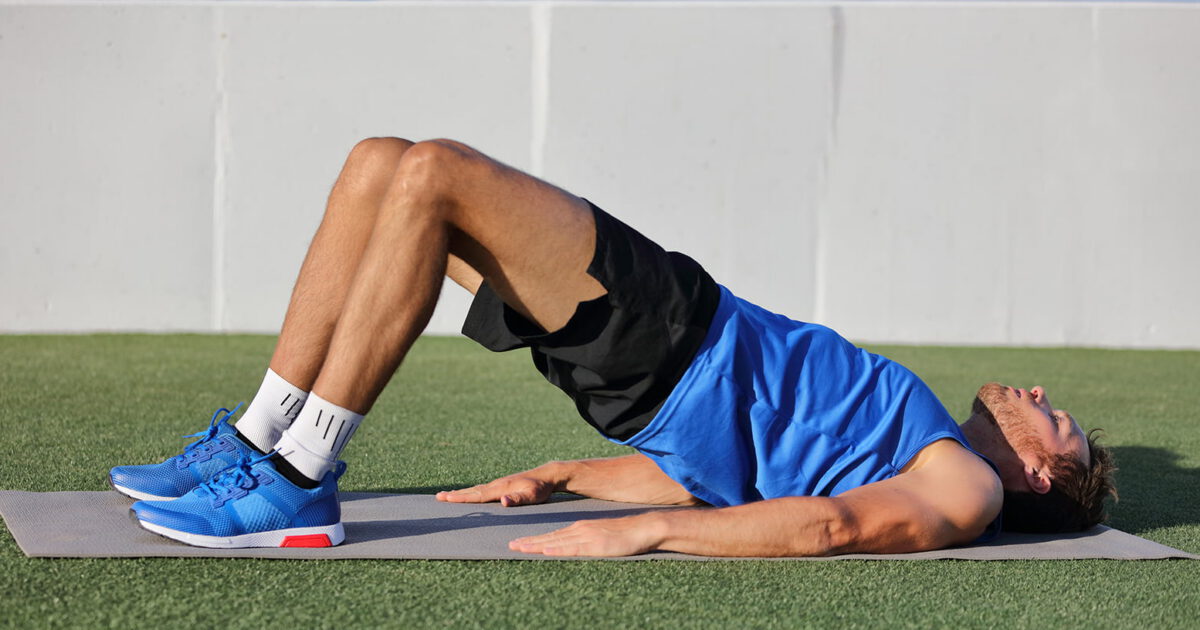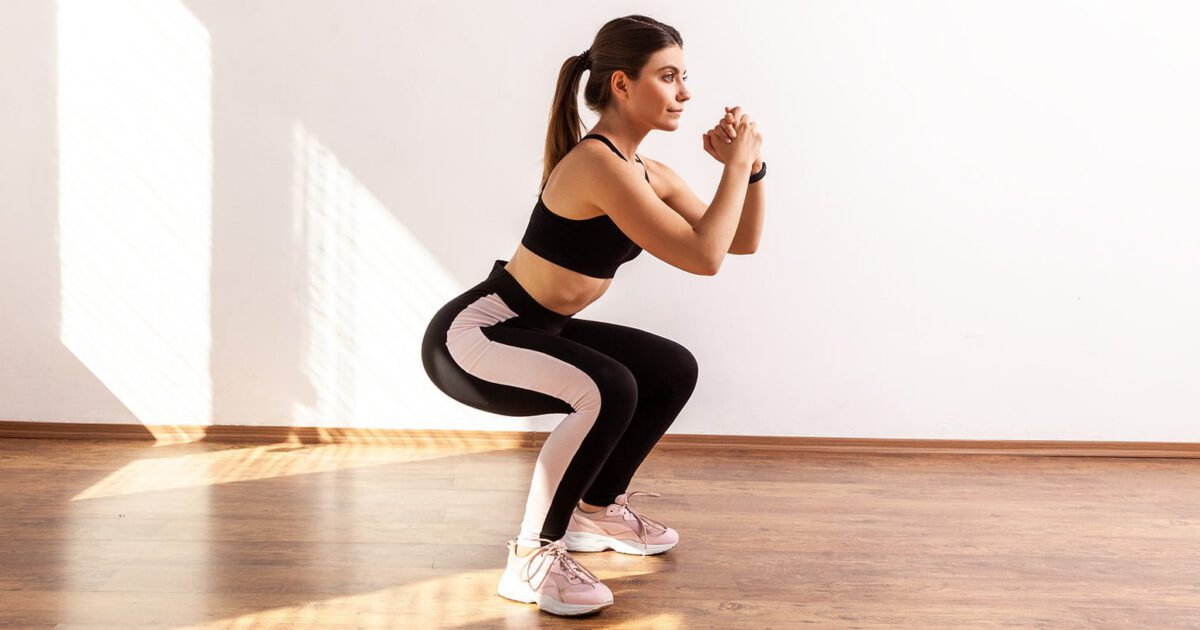The pull-up with leg lift is a hugely challenging hybrid exercise. Combining coordinated pulling and hip flexion, you will challenge your upper body while simultaneously working on your core strength. Here are the steps to follow to perform this move for increased sports performance.
WHAT
- The pull-up with leg lift is a hugely challenging hybrid exercise combining coordinated pulling and hip flexion.
- This exercise is a controlled movement with a focus on strength.
- Effective execution of this exercise will require a strong pull-up and mastery of the hanging knee/leg raise. You should be able to perform both of these without swinging/kipping.
HOW
- Hang from a fixed bar with a comfortable overhand grip. Set the shoulders by pulling back and down slightly; engage the core with a slight posterior pelvic tilt. This set up will give you the classic ‘dish/hollow’ shape. This is your default position form herein.
- Maintain this shape as you perform a pull up while simultaneously doing a straight leg raise to horizontal.
- Slowly return to your default position and repeat for reps or time.

WHY
- Many experienced exercisers will automatically assume that because they can do pull-ups and leg raises, they can do this exercise. However, the key to this exercise is efficient coordination of both movements rather than just strength in both moves.
- When we pull our body up towards a fixed bar, we are trying to move our centre of mass from a low position to a higher position. In this exercise, the leg raise elevates our centre of mass a little further than a regular pull up – this can help performance, providing the leg raise is appropriately coordinated with the pull-up.
- The key to performing an efficient pull-up with leg lift is maintaining your centre of mass directly under the bar at all times. A posterior pelvic tilt will pull your centre of mass slightly upwards and forwards, which will allow the shoulders to sit behind the bar — this ‘default’ position is the perfect set up for pulling. All that is left is to maintain this ‘dish’ shape and simultaneously pull and raise the legs. If you deviate from this ideal position, you will instantly feel the excessive muscle effort.
Now that you’re committed to pulling a pull-up with leg lift, here are some other tutorials to motivate you:
- Abdominal row
- Plank
- Windscreen wiper
- Side scale
- Deep squat (hip in)
- Back support
- Crab walk
- Long jump
- Single-leg balance
- Side lunge
- Tornado
- Core bag deadlift to row
